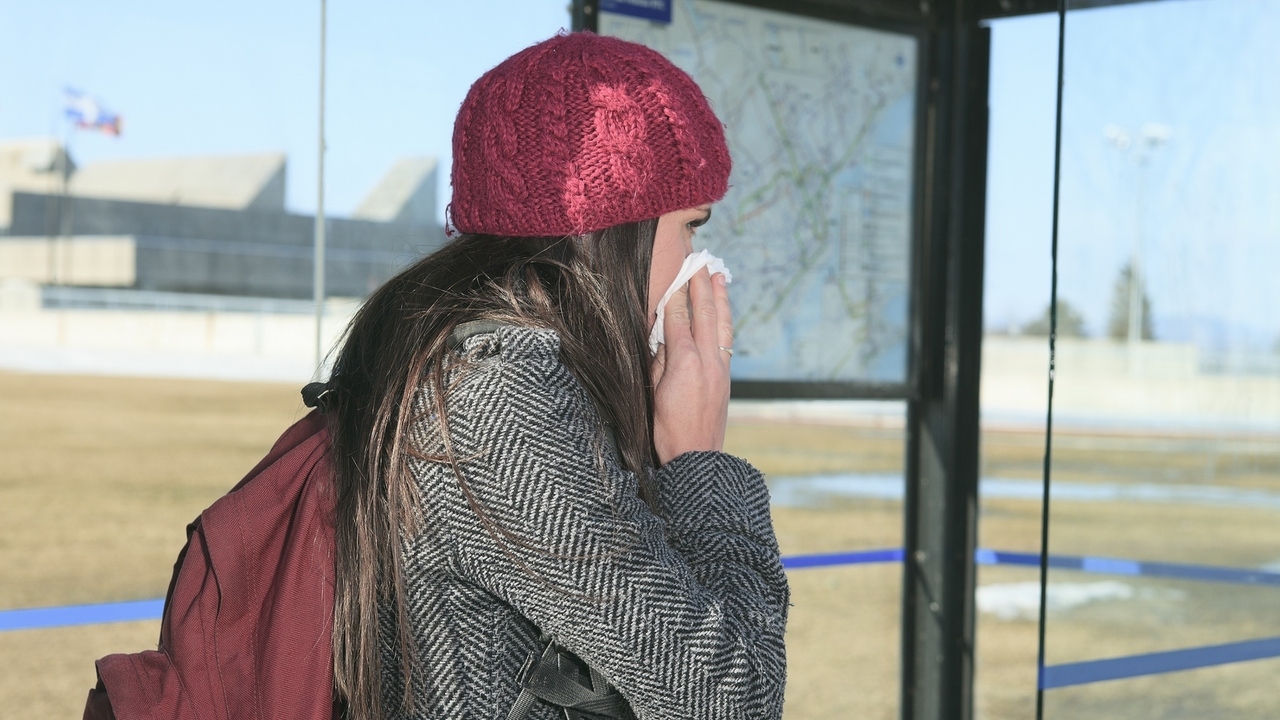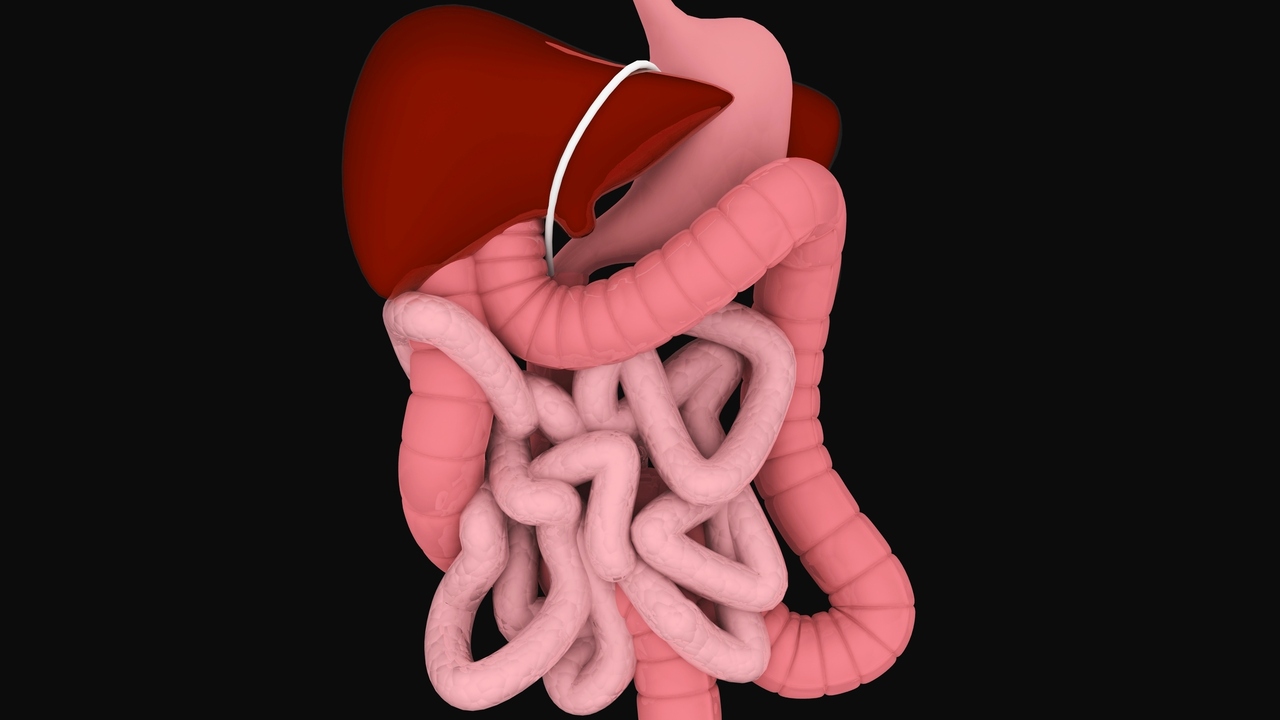What is Rheumatoid Arthritis?
In rheumatoid arthritis, the body's immune system produces antibodies that fight against healthy cells and tissues resulting in chronic inflammation (more specifically, the joints). For some people, the chronic inflammation can lead to the destruction of cartilage, bone and ligaments, but studies have shown that the inflammation doesn't stop at the joints. The lungs can also be subject to chronic inflammation and other conditions in conjunction with inflammation of the joints.
Currently in the United States, approximately 1.3 million people have been diagnosed with rheumatoid arthritis. It is three times more common in women than in men, but seems to affect all races equally. The disease can strike at any age, but usually starts between the ages of 40 and 60. It sometimes runs in families.
The Link between RA and the Lungs
Preliminary results of a study of 603 patients with rheumatoid arthritis over 14 years presented at the American College of Rheumatology Annual Meeting on November 11, 2006, showed that there is, indeed, a connection to the lungs. It showed that the longer a patient had been dealing with rheumatoid arthritis, the increased likelihood there was of that patient developing obstructive lung disease (OLD) or diffuse parenchymal infiltrative lung disease (DPILD). The rates were (respectively): 10 years: 4.1 percent and 7.2 percent; 20 years: 9.5 percent and 15.5 percent; 30 years: 15.5 percent and 22.4 percent.
The most common lung conditions that manifest in patients with rheumatoid arthritis are interstitial lung disease and pleural effusion. Those, and other conditions, are described below:
Rheumatoid Nodules: These are small lumps that do not directly affect a person's ability to breathe; it is the only pulmonary involvement that is specifically related to the arthritis. They can, however, lead to pleural effusion, pneumothorax, coughing up blood, secondary infection, and communication between the bronchial airway and pleural space (bronchopulmonary fistula).
Caplan's Syndrome: This is a combination of rheumatoid arthritis with pneumoconiosis (a chronic lung disease associated with the inhalation of mining dust). This will manifest in nodules and can progress to severe pulmonary fibrosis.
Interstitial lung disease: Standard radiographs show that ILD is estimated to affect 2-5 percent of patients with diffusion capacity abnormalities (the ability to take in a full amount of air) affecting about 40 percent. CT scans have shown even higher rates, with ILD affecting 5-10 percent of all RA patients.
Bronchiolitis: Recurring, non-resolving pneumonia, which doesn't respond to antibiotics. It is the scarring of the small airways in the lungs (bronchiolitis obliterans).
Bronchiecstasis: Occurs in about 10 percent of patients and is more common amongst those patients with cystic fibrosis.
Arteritis: This condition is very rare and often associated with other systemic lung conditions.
Infections: Respiratory infections are the cause of 15-20 percent of the deaths of rheumatoid patients.
Drug toxicity: "Acute interstitial pneumonitis may occur in 1-5 percent of patients treated with methotrexate. Penicillamine and gold may also pulmonary complications" (www.patients.ca.uk).
Pleural effusion: This condition is very common in patients with rheumatoid arthritis.
Lung cancer: "Lung cancer is more common in rheumatoid arthritis patients than" in other patients (www.patients.ca.uk).
Other conditions include: apical fibro-bullous disease (apical fibrotic cavity lesions); thoracic cage immobility (where the lungs are unable to expand to their full capacity); primary pulmonary hypertension (this is rare); and secondary pulmonary hypertenstion (as a result of ILD, is more common).
If you have rheumatoid arthritis and are experiencing any unexplained and uncommon-to-you breathing issues, contact your doctor as soon as possible. Most treatment involves taking immuno-suppressive medications and fluid removal from the lungs. While there is no cure for rheumatoid arthritis or its repercussions on various organs and tissues, there are treatments than help alleviate the symptoms and ensure quality of life.
Sources: www.mayoclinic.com; www.patient.ca.uk; www.sciencedaily.com; www.medicinenet.com; www.medscape.com; www.dictionary.com






Add a CommentComments
There are no comments yet. Be the first one and get the conversation started!